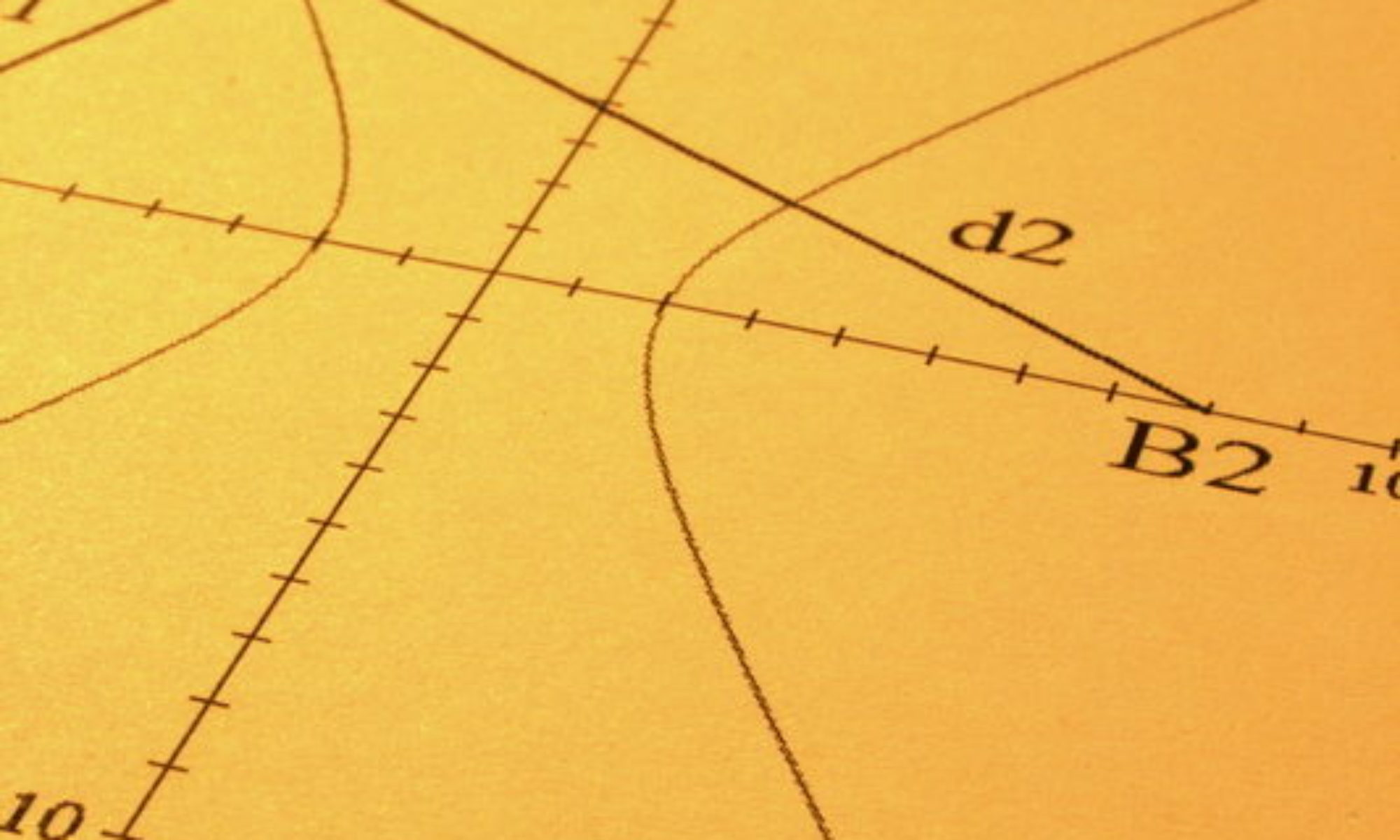There was a time when negative numbers were not thought to be “real”. In the early days of mathematics, the subject was used to solve concrete problems where the answer would represent an area or a number of things. Therefore it was thought that negative numbers were an invention and not ‘real’. But now we do not question their “existence’. (Whether mathematics is invented or discovered is another question altogether.) We now find negative numbers indispensable in dealing with debt, temperature and so forth.
There came a time when another extension of the number system was desirable with the so-called complex numbers. These have no bearing to real-life in themselves however the mathematics which employs them can be used to solve problems in electronics, mechanics and has many other applications.
We simply define
and understand that complex numbers follow the usual rules of arithmetic. Thus we can solve a previously unsolvable quadratic equation such as
and obtain the answer
If you substitute
into the equation above, you obtain
And the same can be shown for the other solution.
This field of mathematics was contributed to by many, not least by Rene Descartes, Leonard Euler, William Hamilton and others.


